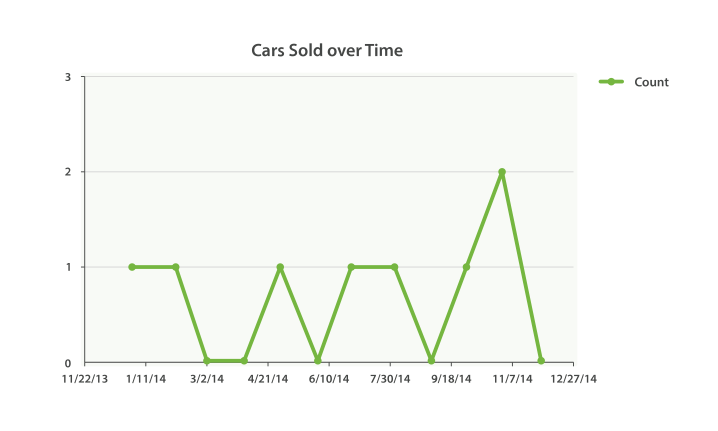- Elasticsearch - The Definitive Guide:
- Foreword
- Preface
- Getting Started
- You Know, for Search…
- Installing and Running Elasticsearch
- Talking to Elasticsearch
- Document Oriented
- Finding Your Feet
- Indexing Employee Documents
- Retrieving a Document
- Search Lite
- Search with Query DSL
- More-Complicated Searches
- Full-Text Search
- Phrase Search
- Highlighting Our Searches
- Analytics
- Tutorial Conclusion
- Distributed Nature
- Next Steps
- Life Inside a Cluster
- Data In, Data Out
- What Is a Document?
- Document Metadata
- Indexing a Document
- Retrieving a Document
- Checking Whether a Document Exists
- Updating a Whole Document
- Creating a New Document
- Deleting a Document
- Dealing with Conflicts
- Optimistic Concurrency Control
- Partial Updates to Documents
- Retrieving Multiple Documents
- Cheaper in Bulk
- Distributed Document Store
- Searching—The Basic Tools
- Mapping and Analysis
- Full-Body Search
- Sorting and Relevance
- Distributed Search Execution
- Index Management
- Inside a Shard
- You Know, for Search…
- Search in Depth
- Structured Search
- Full-Text Search
- Multifield Search
- Proximity Matching
- Partial Matching
- Controlling Relevance
- Theory Behind Relevance Scoring
- Lucene’s Practical Scoring Function
- Query-Time Boosting
- Manipulating Relevance with Query Structure
- Not Quite Not
- Ignoring TF/IDF
- function_score Query
- Boosting by Popularity
- Boosting Filtered Subsets
- Random Scoring
- The Closer, The Better
- Understanding the price Clause
- Scoring with Scripts
- Pluggable Similarity Algorithms
- Changing Similarities
- Relevance Tuning Is the Last 10%
- Dealing with Human Language
- Aggregations
- Geolocation
- Modeling Your Data
- Administration, Monitoring, and Deployment
WARNING: The 2.x versions of Elasticsearch have passed their EOL dates. If you are running a 2.x version, we strongly advise you to upgrade.
This documentation is no longer maintained and may be removed. For the latest information, see the current Elasticsearch documentation.
Returning Empty Buckets
editReturning Empty Buckets
editNotice something odd about that last response?
Yep, that’s right. We are missing a few months! By default, the date_histogram
(and histogram too) returns only buckets that have a nonzero
document count.
This means your histogram will be a minimal response. Often, this is not the behavior you want. For many applications, you would like to dump the response directly into a graphing library without doing any post-processing.
Essentially, we want buckets even if they have a count of zero. We can set two additional parameters that will provide this behavior:
GET /cars/transactions/_search { "size" : 0, "aggs": { "sales": { "date_histogram": { "field": "sold", "interval": "month", "format": "yyyy-MM-dd", "min_doc_count" : 0, "extended_bounds" : { "min" : "2014-01-01", "max" : "2014-12-31" } } } } }
|
This parameter forces empty buckets to be returned. |
|
|
This parameter forces the entire year to be returned. |
The two additional parameters will force the response to return all months in the
year, regardless of their doc count. The min_doc_count is very understandable:
it forces buckets to be returned even if they are empty.
The extended_bounds parameter requires a little explanation. The min_doc_count
parameter forces empty buckets to be returned, but by default Elasticsearch will return only buckets that are between the minimum and maximum value in your data.
So if your data falls between April and July, you’ll have buckets representing only those months (empty or otherwise). To get the full year, we need to tell Elasticsearch that we want buckets even if they fall before the minimum value or after the maximum value.
The extended_bounds parameter does just that. Once you add those two settings,
you’ll get a response that is easy to plug straight into your graphing libraries
and give you a graph like Figure 37, “Cars sold over time”.
